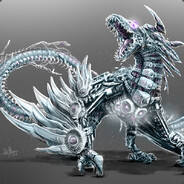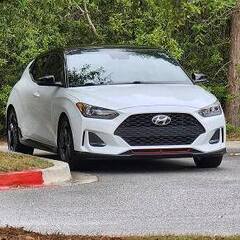(edit: CES) Two arms are better than one - Seagate release dual actuator HDD for Microsoft

By
williamcll
in Tech News
in Tech News
-
Topics
-
EzioWar ·
Posted in CPUs, Motherboards, and Memory0 -
1
-
WallacEngineering ·
Posted in PC Gaming0 -
Astrophel ·
Posted in Storage Devices1 -
2
-
Fat Cat11997 ·
Posted in PC Gaming3 -
Hax Traded ·
Posted in Graphics Cards0 -
Invincible Sugar ·
Posted in Peripherals2 -
ByteDisk ·
Posted in New Builds and Planning0 -
The_SlaY3R ·
Posted in New Builds and Planning2
-

















Create an account or sign in to comment
You need to be a member in order to leave a comment
Create an account
Sign up for a new account in our community. It's easy!
Register a new accountSign in
Already have an account? Sign in here.
Sign In Now